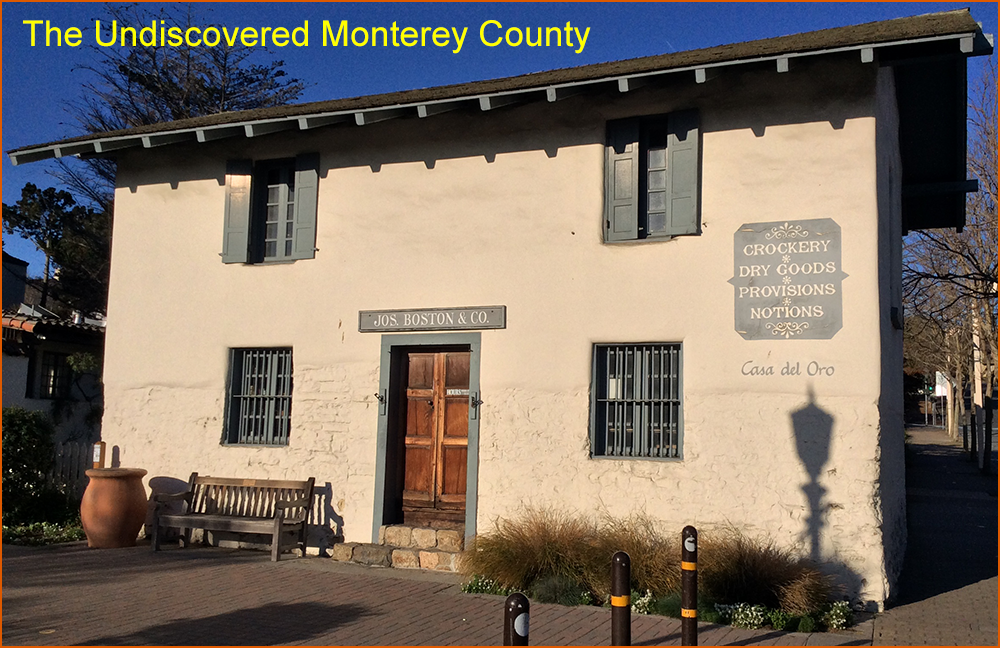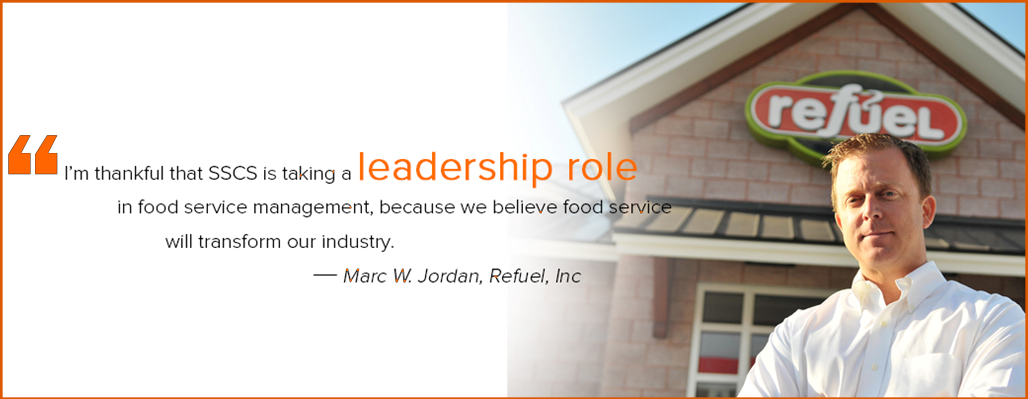Applying the Scrum Concept to Creative Work
If you follow our daily posts, you’ve probably noticed we’ve made regular mention of an initiative on which the SSCS creative team has been working. We’ve even treated you to some sample art concepts produced as part of the process.
We’re taking this opportunity to reveal the project in question: it’s our revamped SSCS website. While the details are still falling into place, we expect that it will improve significantly the experience of visitors to our site (including customers, vendors, and other partners). To keep your interest up, more pieces of concept photographic art—which may or may not make it into the final version—dress up this post.
We found our project gained significant momentum once the creative team started meeting daily. We’re influenced by scrum around here, since our software development teams have all adopted it to some degree, but you rarely hear of the concept being applied outside of the development process. In fact, when we first brought up to the creative team the idea of applying the elements of scrum to the website project, some of them looked at us skeptically. Others just looked annoyed.
But, in true scrum fashion, we promised to keep the meetings short (sometimes only minutes) and productive. It seems to be working. So many aspects of a website have to be managed that overlooking one or two (or maybe more) is easy. Daily meetings keep issues top of mind and less prone to escape notice. Questions get answered, technical issues get identified and strategized, and a certain amount of cross training even takes place. We’re not afraid to bring “special guests” in from IT or development if we need their expertise—one of the nice things about having everybody under one roof.
Most importantly, we’ve found that “creative scrum” helps keep the artistic process on track and collaborative while keeping disruptive changes in direction to a minimum. In a business environment, it’s rare that an artist or writer, no matter how good they are, knocks everything out of the park on their first swing. Concepts tend to evolve and be shaped over time. Problem is, sometimes a motivated artist or writer will get close to completion on a piece that ends up having to be changed for any number of reasons, re-work which can be tedious and a bit demoralizing. Who wants to kill the initiative of a motivated artist? Or waste a ton of time on revisions that could have been avoided? Not us.
So we’ve found that having a meeting every day prevents anyone with a creative fire under them from running out of the box into a wall. Tweaks can be made before the point of no return is approached, and the environment is such that it encourages discussion of why a change needs to be made until everyone is comfortable. Executive management attends once a week to make sure we don’t fall far afield from their expectations.
The most difficult aspect of managing creative is that all evaluations are, to some degree, subjective, and if not handled correctly, can lead to open-ended, non-productive exchanges that can get heated if left unchecked. We’ve found communicating face-to-face on a daily basis helps mediate negative reactions and facilitate common ground. If someone has a change of heart, well, there’s no need to stew over it—the team can hash it out the next day.
One final aspect of the creative scrum that we’ve found valuable is that the team gets into a rhythm. We published a post on the theory of Rockefeller Rhythms last July, and our website development process is giving us a chance to experience them first hand. Most everyone understands the difficulty of getting yanked in and out of a project with little or no notice. It’s really difficult to get your bearings when jumping back in, and creative is no exception—in fact, it may even be a little more difficult for these folks given how elusive inspirational moments can be. The daily meetings help keep everybody on the website team in the groove, even when they are juggling two or three projects at a time.
Hopefully, you’ll find the results of our “creative scrum” process, namely our new website, pleasing. Keep visiting our blog and social media posts for updates on its progress, and when we get close to its release date, we’ll be sure to preview it in a special edition of this blog.










